Tomato paste is a versatile ingredient that adds depth, flavor, and color to a wide range of dishes. With its popularity soaring worldwide, understanding the specifications of quality tomato paste becomes imperative. In this article, we will delve into the key specifications that make tomato paste popular among consumers and businesses alike. 1. Tomato Variety: The choice of tomato variety plays a crucial role in the overall quality of tomato paste. Popular varieties such as Roma, San Marzano, and Amish Paste are known for their dense and meaty texture, rich flavor, and vibrant red color.
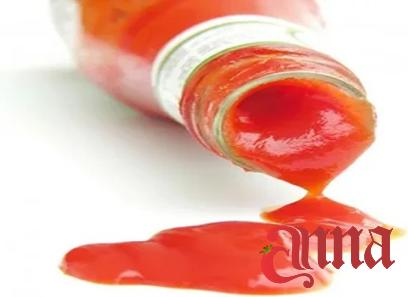
.
 These varieties are cultivated to have a higher amount of naturally occurring sugars, making them ideal for tomato paste production. 2. Tomato Concentration: Tomato paste is available in different concentrations, commonly denoted as single concentrated (30-32% tomato solids) and double concentrated (36-38% tomato solids). The concentration refers to the amount of water removed during the production process, resulting in a thicker and more intense tomato flavor. Double concentrated tomato paste is often preferred by chefs and culinary enthusiasts due to its robust flavor and ability to add depth to recipes.
These varieties are cultivated to have a higher amount of naturally occurring sugars, making them ideal for tomato paste production. 2. Tomato Concentration: Tomato paste is available in different concentrations, commonly denoted as single concentrated (30-32% tomato solids) and double concentrated (36-38% tomato solids). The concentration refers to the amount of water removed during the production process, resulting in a thicker and more intense tomato flavor. Double concentrated tomato paste is often preferred by chefs and culinary enthusiasts due to its robust flavor and ability to add depth to recipes.
..
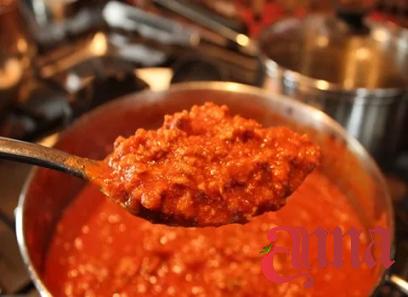 3. Packaging: The packaging of popular tomato paste is designed to preserve its freshness and quality. The most common packaging options include metal cans and convenient tubes. Metal cans provide airtight storage, ensuring the product remains intact for an extended period. Tubes, on the other hand, offer easy dispensing and minimize waste, making them a convenient option for home cooks and small-scale businesses. 4. Shelf Life: The shelf life of tomato paste varies depending on the processing and packaging methods. On average, canned tomato paste has a shelf life of two to three years when stored in a cool and dry place before opening. Once opened, it is advisable to transfer the unused portion to a clean, airtight container and refrigerate it. Tubes of tomato paste generally have a shorter shelf life, typically ranging from six months to one year.
3. Packaging: The packaging of popular tomato paste is designed to preserve its freshness and quality. The most common packaging options include metal cans and convenient tubes. Metal cans provide airtight storage, ensuring the product remains intact for an extended period. Tubes, on the other hand, offer easy dispensing and minimize waste, making them a convenient option for home cooks and small-scale businesses. 4. Shelf Life: The shelf life of tomato paste varies depending on the processing and packaging methods. On average, canned tomato paste has a shelf life of two to three years when stored in a cool and dry place before opening. Once opened, it is advisable to transfer the unused portion to a clean, airtight container and refrigerate it. Tubes of tomato paste generally have a shorter shelf life, typically ranging from six months to one year.
…
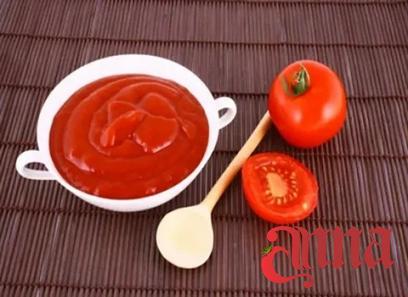 5. Additives and Preservatives: Popular tomato paste brands prioritize product quality by minimizing the use of additives and preservatives. However, some manufacturers may include citric acid or salt to enhance flavor and act as natural preservatives. It is essential to read the label carefully for information on additives and preservatives if you have specific dietary requirements or preferences. 6. Organic and Sustainable Options: With growing consumer demand for organic and sustainable products, many popular tomato paste brands offer options that are certified organic or produced using sustainable farming practices. These products are often made from tomatoes grown without synthetic pesticides or fertilizers, contributing to a healthier and more eco-friendly choice. Conclusion: Understanding the specifications of popular tomato paste empowers consumers and businesses to make informed choices. From tomato variety and concentration to packaging and shelf life, each specification plays a crucial role in delivering the desired flavor, convenience, and quality. By considering these factors, you can embark on a culinary journey where the versatility of tomato paste shines through in a multitude of dishes.
5. Additives and Preservatives: Popular tomato paste brands prioritize product quality by minimizing the use of additives and preservatives. However, some manufacturers may include citric acid or salt to enhance flavor and act as natural preservatives. It is essential to read the label carefully for information on additives and preservatives if you have specific dietary requirements or preferences. 6. Organic and Sustainable Options: With growing consumer demand for organic and sustainable products, many popular tomato paste brands offer options that are certified organic or produced using sustainable farming practices. These products are often made from tomatoes grown without synthetic pesticides or fertilizers, contributing to a healthier and more eco-friendly choice. Conclusion: Understanding the specifications of popular tomato paste empowers consumers and businesses to make informed choices. From tomato variety and concentration to packaging and shelf life, each specification plays a crucial role in delivering the desired flavor, convenience, and quality. By considering these factors, you can embark on a culinary journey where the versatility of tomato paste shines through in a multitude of dishes.


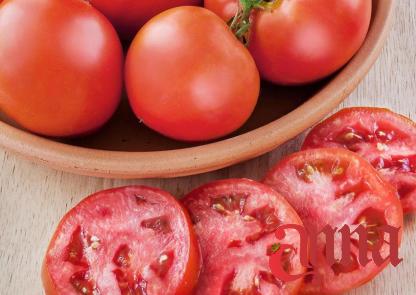
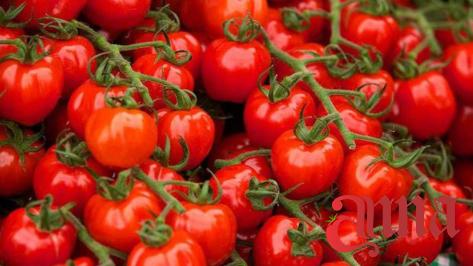


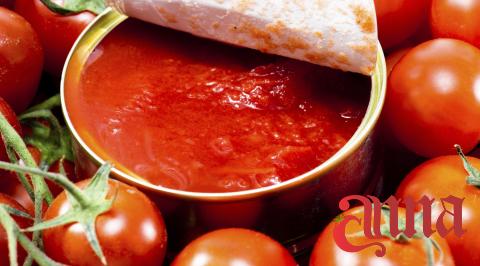

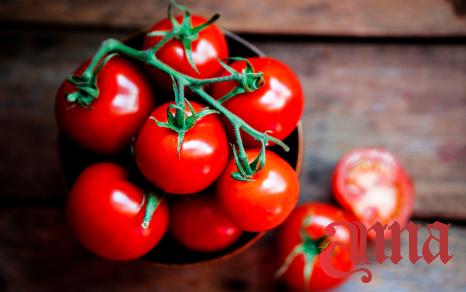
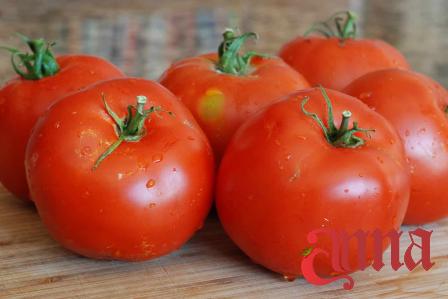
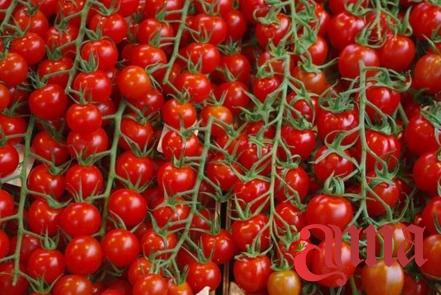
Your comment submitted.